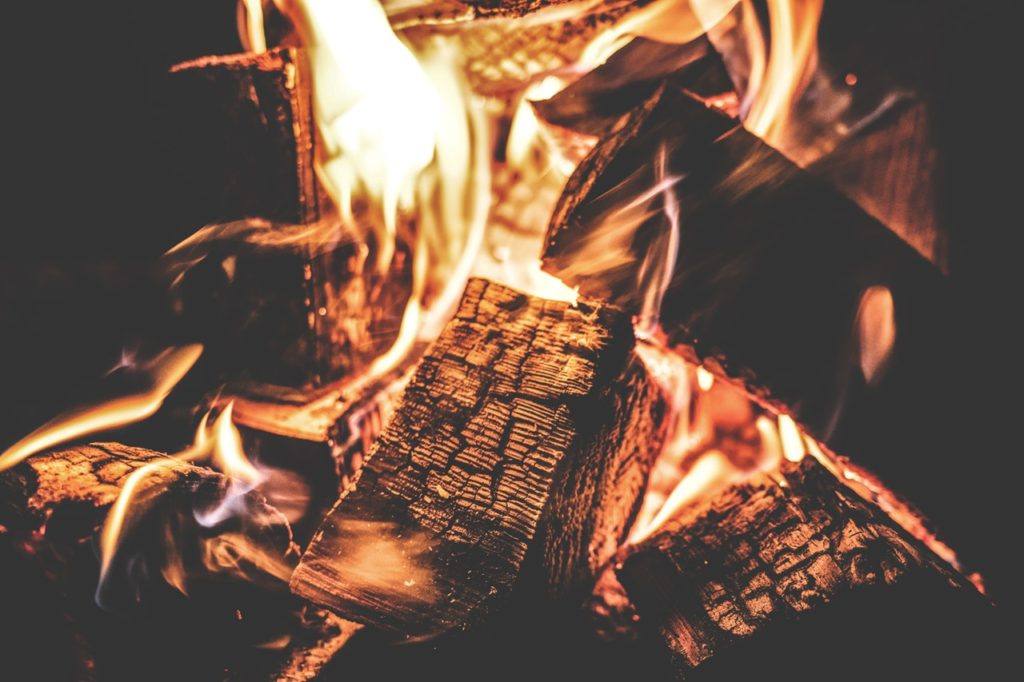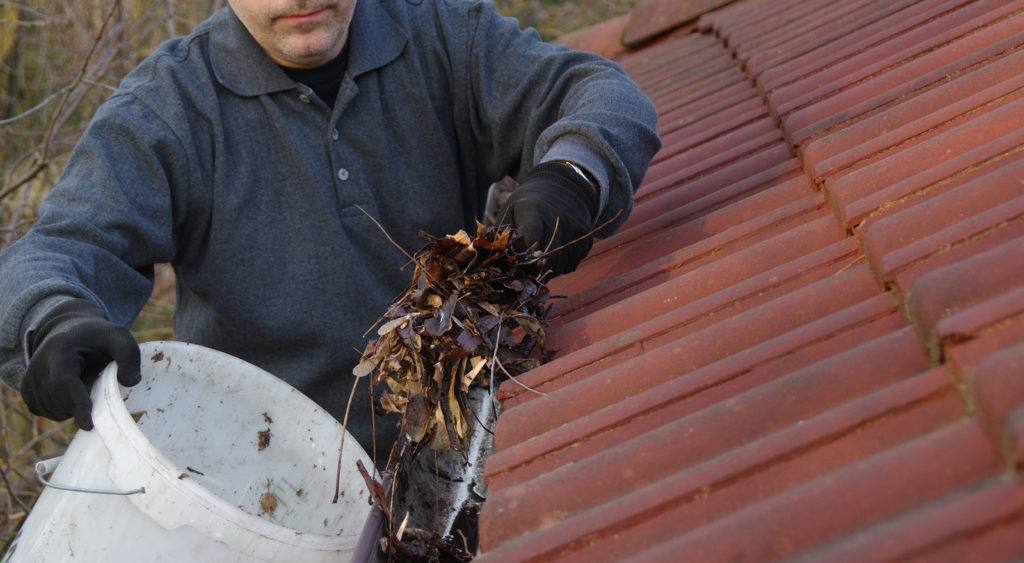Homes that have chimneys and/or fireplaces are ones with parts that may seem simple but with parts that are unfamiliar. Most only know of these two and maybe the flue and/or damper. However, there are other areas of your chimney that are even more important like the fireplace insert, liner, or even smoke chamber. These are the areas that handle the smoke created by your fires.
As with anything with fire, there is always a danger. Having proper lining and airflow are critical to your safety. If there is buildup, it provide fuel for a potential fire. When the key areas are damaged, parging is required.
THE SMOKE CHAMBER
For instance, this space is shaped like an inverted funnel to direct air up into the flue. It also features a wall that is straight up, and one that is at an angle and a shelf called a “smoke shelf” which prevents the smoke from falling back into the fireplace. The smoke chamber walls should be parged
PARGING
A chimney is generally angled towards a flue to ensure maximum airflow. The surrounding area is then covered in a protective layer to have a smooth coat. This is called parging. By creating this smooth area that goes towards the flue, it creates the ideal flow of air through the chimney system. In addition, it allows the surrounding area to be protected and keep temperatures manageable to protect against a fire hazard.
An annual chimney inspection particularly one using a camera allows a full scale analysis of your fireplace and chimney system to ensure the coating is still there and any other damage that may exist within the area. This is a preventive mechanism to protect against fire hazards and other concerns.
The camera inspections could uncover several things. For instance, if the chimney has cracks or water damage, it would show. If the parging is damaged or non-existent, the camera inspection would show the need to reapply.
At The Irish Sweep, we strongly recommend annual inspections to ensure yours and your family’s safety. If you have questions or have doubts, contact us today.


